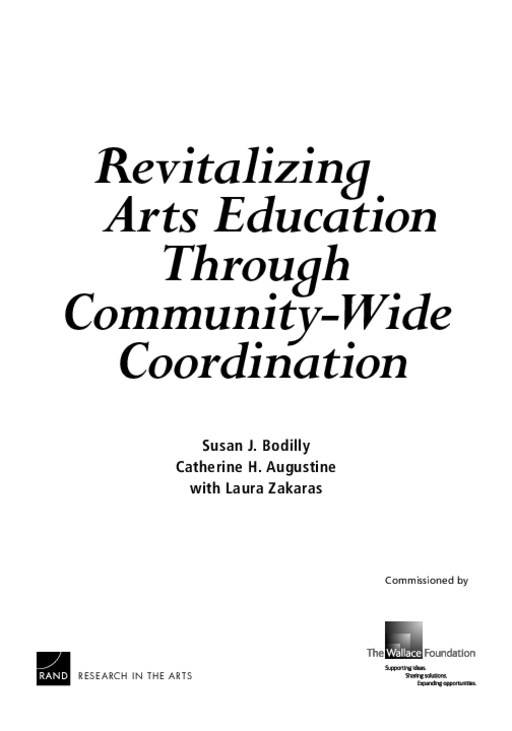Research Approach
The researchers set out to analyze:
- How local arts education initiatives across multiple organizations were started
- How they evolved, what kinds of organizations became involved
- What conditions fostered or impeded coordination among those organizations
- What strategies were developed to improve both access to and the quality of arts education in the communities
Their purpose was not to evaluate the success of these initiatives, but to descriptively and comparatively analyze their formation and evolution.
They also analyzed historical trends in arts education over the past few decades to understand the conditions motivating these initiatives. Their approach involved several steps.
Multi-Step Approach
Their approach involved several steps:
Literature review. First, they reviewed the relevant literature and conducted extended interviews with nationally recognized experts on arts education to improve their understanding of the prevailing issues in the field and to gather recommendations on which sites were the most promising for study.
Site selection. This process helped them select six sites that reportedly were actively engaged in developing complex local arts education networks: Alameda County (which includes the cities of Oakland and Berkeley) in Northern California, Boston, Chicago, Dallas, Los Angeles County, and New York City.
Identification and attributes. They also identified major attributes of effective systems by drawing from the literature in various fields: systems development, coordinated delivery systems in the social services, and partnerships in delivering arts education. This step helped the researchers build interview protocols and analyze their findings.
Case study analysis. Finally, they performed a comparative case-study analysis based on site visits, a document review, and interviews with about 120 participants across the six sites.

